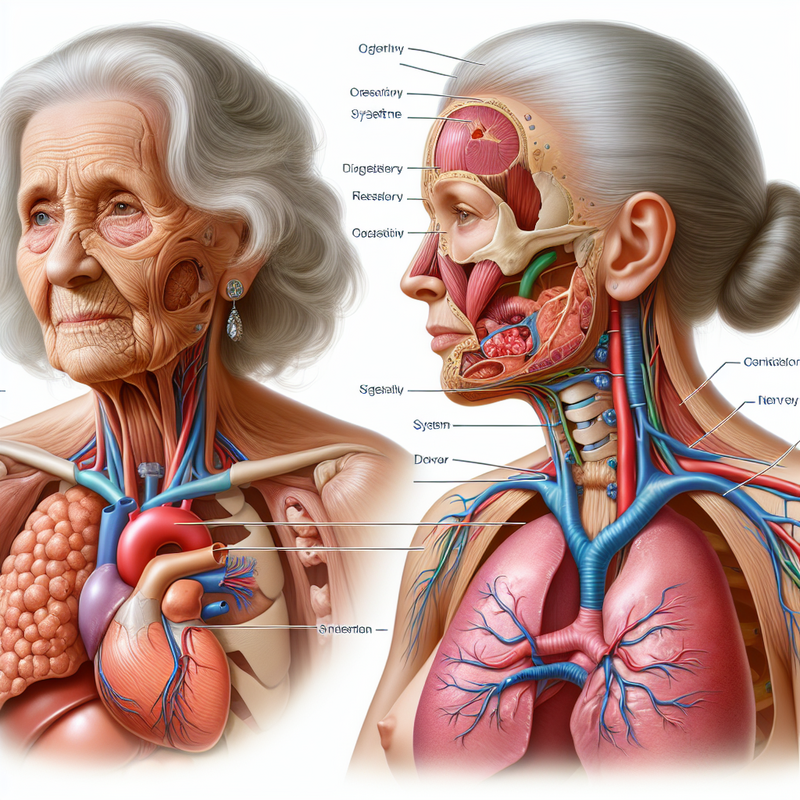Research Pinpoints Acceleration of Human Aging Process
Research conducted by the Chinese Academy of Sciences has shed light on the specific age at which aging processes in the human body begin to advance more rapidly. According to the study, which is detailed in the renowned scientific publication Cell, the critical phase of accelerated aging occurs approximately at the age of 50. This discovery is based on an elaborate proteomic analysis conducted on an array of human tissues.
Proteomic Profiling of Human Tissues
The groundbreaking research evaluated the protein composition in different tissues taken from 76 organ donors, who were between the ages of 14 and 68 and had succumbed to accidental traumatic brain injury. These individuals provided samples from seven bodily systems, including the cardiovascular, digestive, immune, endocrine, respiratory, integumentary, and musculoskeletal systems.
Key Findings on Age-Related Conditions
The research team meticulously constructed a comprehensive proteomic profile by examining the tissues and blood samples, and they observed that the levels of 48 proteins associated with diseases increased with the donors’ age. These proteins were connected to various age-related concerns such as cardiovascular conditions, the build-up of fibrous tissue, fatty changes in the liver, and liver tumors. The critical period for proteomic changes was identified to occur between the ages of 45 and 55, with the aorta tissue demonstrating particular vulnerability to the aging process. These insights are significant not only for expanding scientific knowledge but also for devising potential medical strategies to mitigate the effects of aging.
Additional Experiments and Conclusions
To fortify their conclusions, the researchers conducted further experiments on mice, particularly focusing on the aortas. By introducing an aging-associated protein into young mice, they observed an onset of symptoms commonly associated with aging, which included diminished physical capabilities and evidence of vascular aging.
The study elucidates a point in life when the decline in the performance of organs becomes markedly evident, thus intensifying the likelihood of chronic diseases. Moreover, the investigation builds on previous studies that recognized additional peaks in aging around the ages of 44 and 60. The revelations from this research suggest that human aging is a multifaceted and staggered process, providing a critical base for future advances in healthcare that aim to enhance the life quality of senior populations.
In Summary
In summary, this research contributes substantially to our comprehension of the impact of aging on various organs, while also stressing the urgency for precise medical interventions designed to improve the lives of the world’s aging demographic.
















